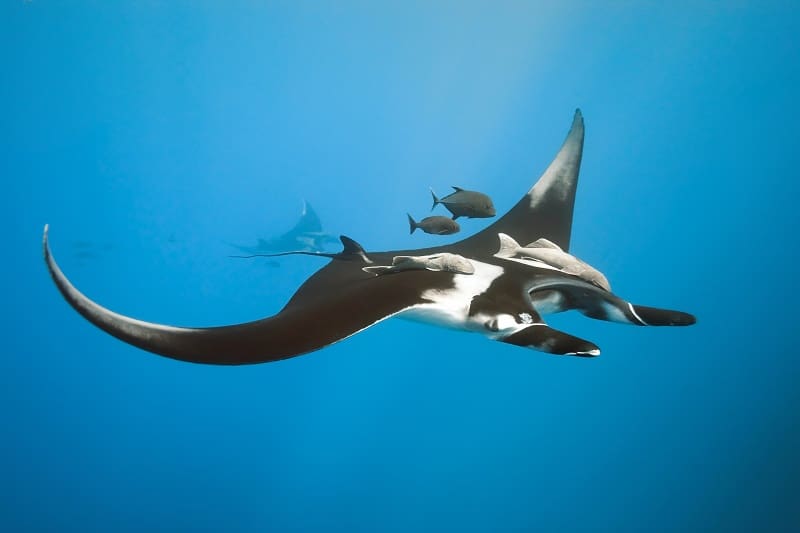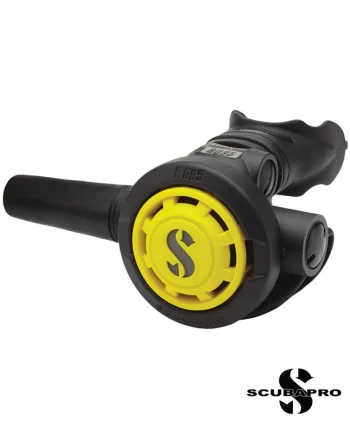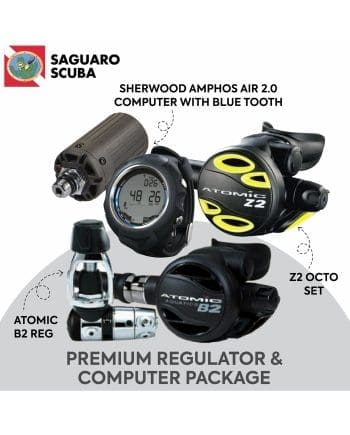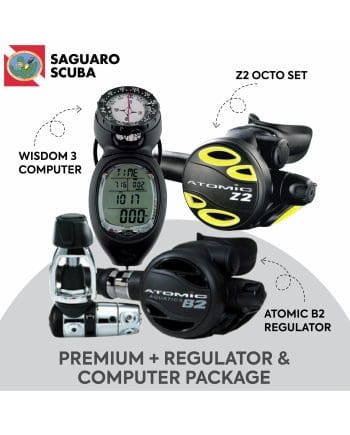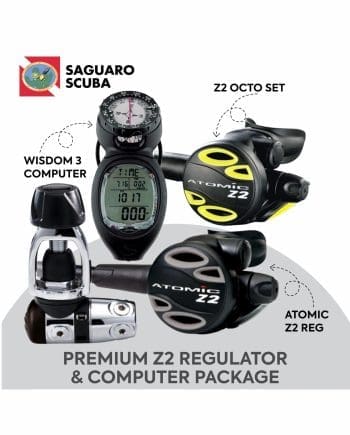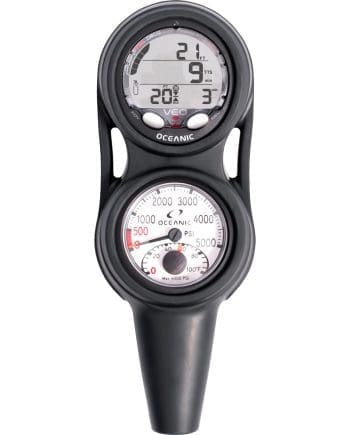TIPS FOR FILMING VIDEO UNDERWATER
Many of the most striking underwater images are those of macro subjects. There is an allure to the miniscule details and vivid colours of the nudibranch or the seahorse that cannot be captures without a macro lens. However, capturing the perfect macro image can be more difficult than imagined, the background composition, lighting and camera settings are all of paramount importance, here are a number of tips to capture the best macro images you can.
What to Shoot?
Before beginning the art of macro photography, it is essential to take adequate research on what to take picture of. There are certain locations world-wide where macro favourites can be found. For example, many species of nudibranchs are known to congregate in the Azorean island of Pico, and shrimp mass in Triton Bay. In addition certain creatures have characteristic traits, for example the frogfish will yawn to show that they are strong enough to defend itself. This exact behaviour is the exact reason why patience is a crucial element of macro photography, for many people they will leave, and lose the unique moment that is rarely seen. Further unique behaviours from marine fauna include eels being cleaned by shrimp, shrimp carrying their eggs in their mouth and the Glaucas Atlanticus sea slug floats free mid-ocean.
Composition
The background of your macro shot is almost as important as the main content. Du to the fact that macro photography is all about capturing the precise details of a subject, a distracting background can take away from the intended subject. For that very reason many photographers like to have a plain black background as it allows the viewer to focus completely on the foreground. In turn a plain background will allow the lens to focus on the subject faster and with more clarity as there is less matter to cause focus locking.
When dealing with exposure, many people fin a TTL converter a factor of necessity. This will control the levels of light from the strobe, and for that reason will allow one to focus on other factors of the camera. Using strobes for macro photography is not essential, yet recommended, especially as many unique macro creatures can be seen at night or in caves and caverns. Strobes will also maximise colours vividly.
Depth of field is a vital element of macro photography, and for that reason many recommend having a high aperture such as f/14 or even higher. This will allow a good depth of field, allowing an aesthetically pleasing visual element, but also will retain the detail of the image.
Safety of the Ocean
When shooting macro, imagine looking through binoculars, sometimes you believe you are further away from the subject than you really are. This can be disorientating, similar when shooting with a wide angle, for that reason make sure to be completely aware of where you are on the reef or in the ocean. It is too easy to be clumsy and accidently destroy part of the marine ecosystem with your camera. Furthermore you can damage your dome or lens port in the process.
Sale Products
-
ScubaPro R095 Octopus
EAN: 4048336292993Original price was: $199.00.$150.00Current price is: $150.00. Add to cartSKU: 11.330.400
-
Atomic B2 Regulator & Z2 Octo Set With Amphos Air Wrist Computer (Rental Sales)
MSRP: $2,726.39You save 59%Original price was: $1,599.00.$1,095.00Current price is: $1,095.00. Add to cartSKU: RENTAL-REG- B2-1
-
Atomic B2 Regulator, Z2 Octo Set With Wisdom 3 Computer (Rental Sales)
MSRP: $1,919.39You save 48%Original price was: $1,395.00.$995.00Current price is: $995.00. Add to cartSKU: RENTAL-REG- B2
-
Atomic Z2 Reg/Octo With Oceanic VEO Computer (Rental Sales)
MSRP: $1,319.85You save 39%Original price was: $999.95.$799.00Current price is: $799.00. Add to cartSKU: RENTAL-REG-Z2
-
Atomic Z2 Reg/Octo With Sherwood Wisdom Computer (Rental Sales)
MSRP: $1,614.90You save 50%Original price was: $1,195.00.$795.00Current price is: $795.00. Add to cartSKU: RENTAL-REG-Z2-1
-
Oceanic VEO 4.0 Computer (Rental Sales)
MSRP: $584.95You save 31%Original price was: $554.95.$399.00Current price is: $399.00. Add to cartSKU: RENTAL-REG-Z2-2
About The Author
Chris Vyvyan-Robinson
Born in London, England; Chris’ passion for photography and videography started from an early age. Over the last 20 years he has travelled to 5 of the 7 continents, including a year in South and Central America.
Chris’s passion is documenting the underwater environment and the creatures that inhabit that ecosystem. Over the past 4 years, while graduating from university with a degree in Film & Journalism, he has worked in Honduras, Indonesia and The Azores as a Divemaster & Guide.
Now an award winning filmmaker, Chris’ aspiration is to become a natural history cameraman.
Chris writes scuba diving articles for ScubaDiveMarketing.com who provide design, development and marketing to dive shops around the world.



